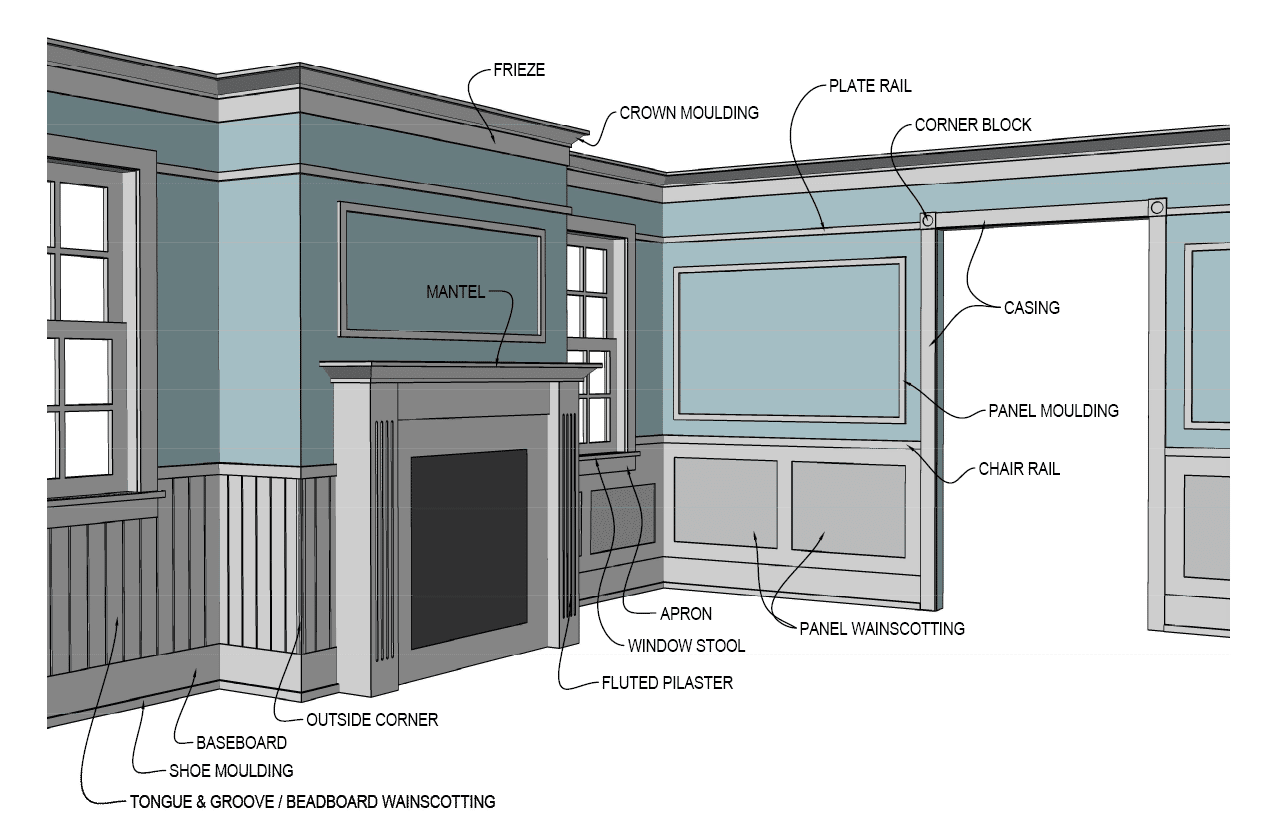
The word “trim” can be a very broad term. Did you know that there are multiple different types of interior trim in your home that you should know about? If you want to add some character to your home, or if you are building your dream home and there is some trim you want to incorporate, take a look at these diagrams. We not only have a diagram labeling all of the trim types, but we will also list a definition for each type so you can better understand the different types of trim in your home.
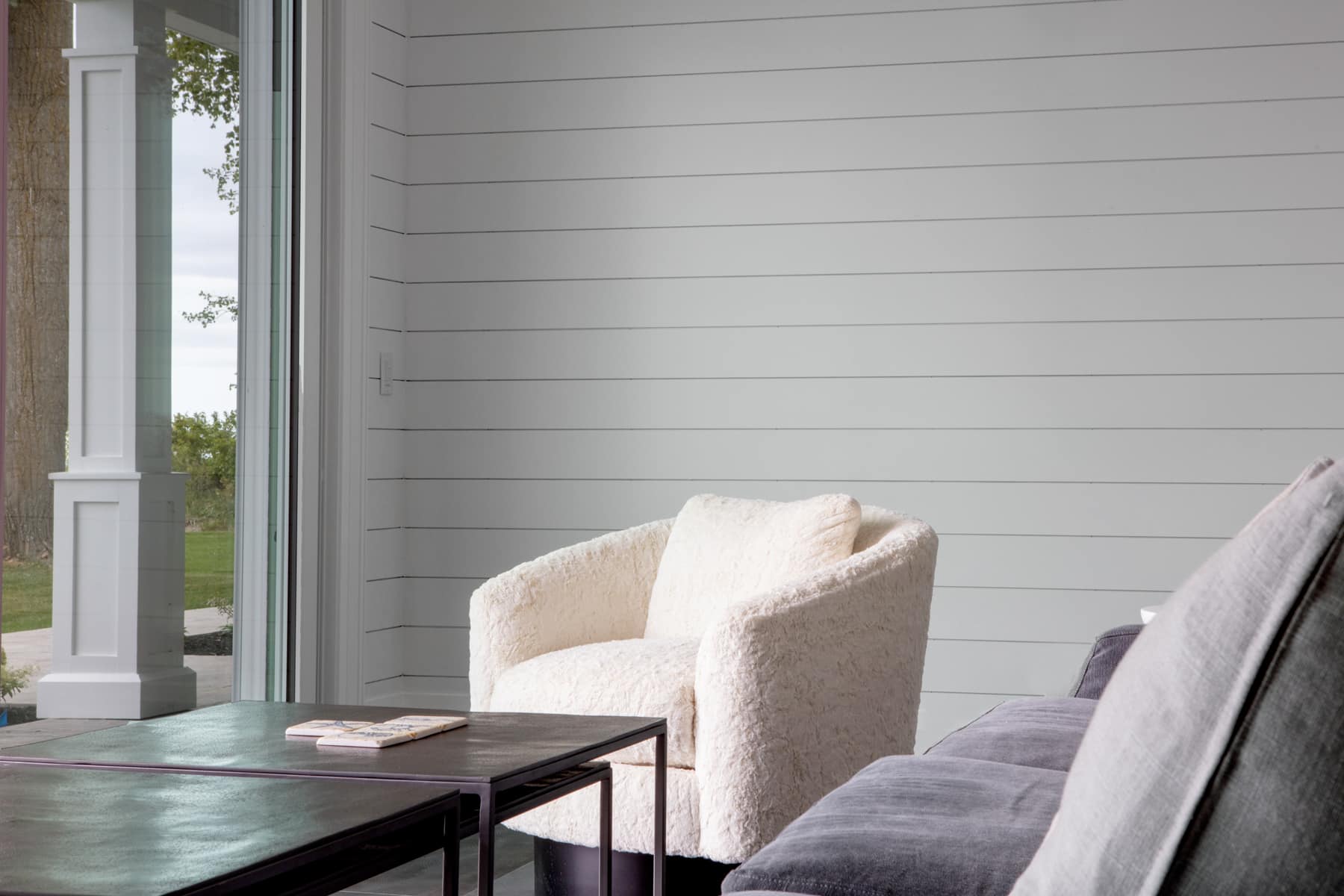
Tongue and Groove/Beadboard Wainscotting
Tongue and Groove are planks that join together and interlock making a single flat surface.
Shoe Moulding
Shoe mould is found at the bottom or base of your baseboards. You will not find these in every home as their main purpose is to cover the gap in between baseboards and flooring.
Baseboard
Baseboards come in primed MDF or Poplar, they serve as both functional and cosmetic. They are found covering the joint between the wall and floor.
Outside Corner
Outside corner mouldings is a style of moulding that is used to cover a raw corner in your home.
Mantel
Mantels are the top shelf of a fireplace.
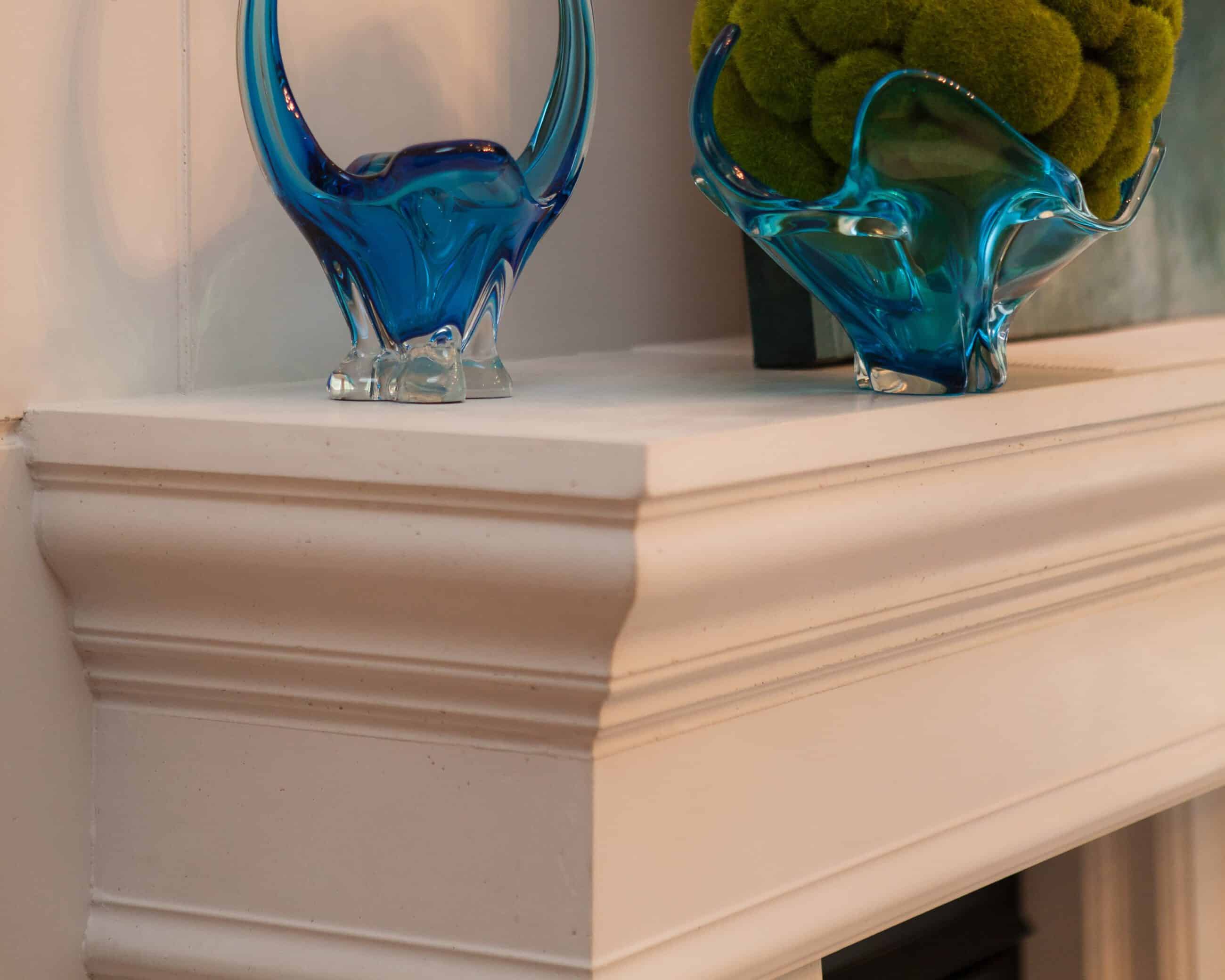
Fluted Pilaster
Fluted Pilasters are used to add elegance to a home by framing the vertical sides or a door, window or mantel with fluted pilaster moulding.
Window Stool
The window stool is part of the window sill. Installing interior casing around a window always starts with the window stool, which is the flat horizontal part of the trim, where most people set plants.
Apron
A window apron is the decorative trim directly beneath the window stool of a window.
Panel Wainscoting
Panel Wainscoting covers the lower, most vulnerable portion of a wall, it provides a decorative feature to a wall/room and it’s main function is to resist any damages due to everyday use.
Chair Rail
Chair Rail is the moulding on an interior wall that is wraps horizontally around a room. Some people associate chair rail as a type of trim that prevents chairs from rubbing against the walls.
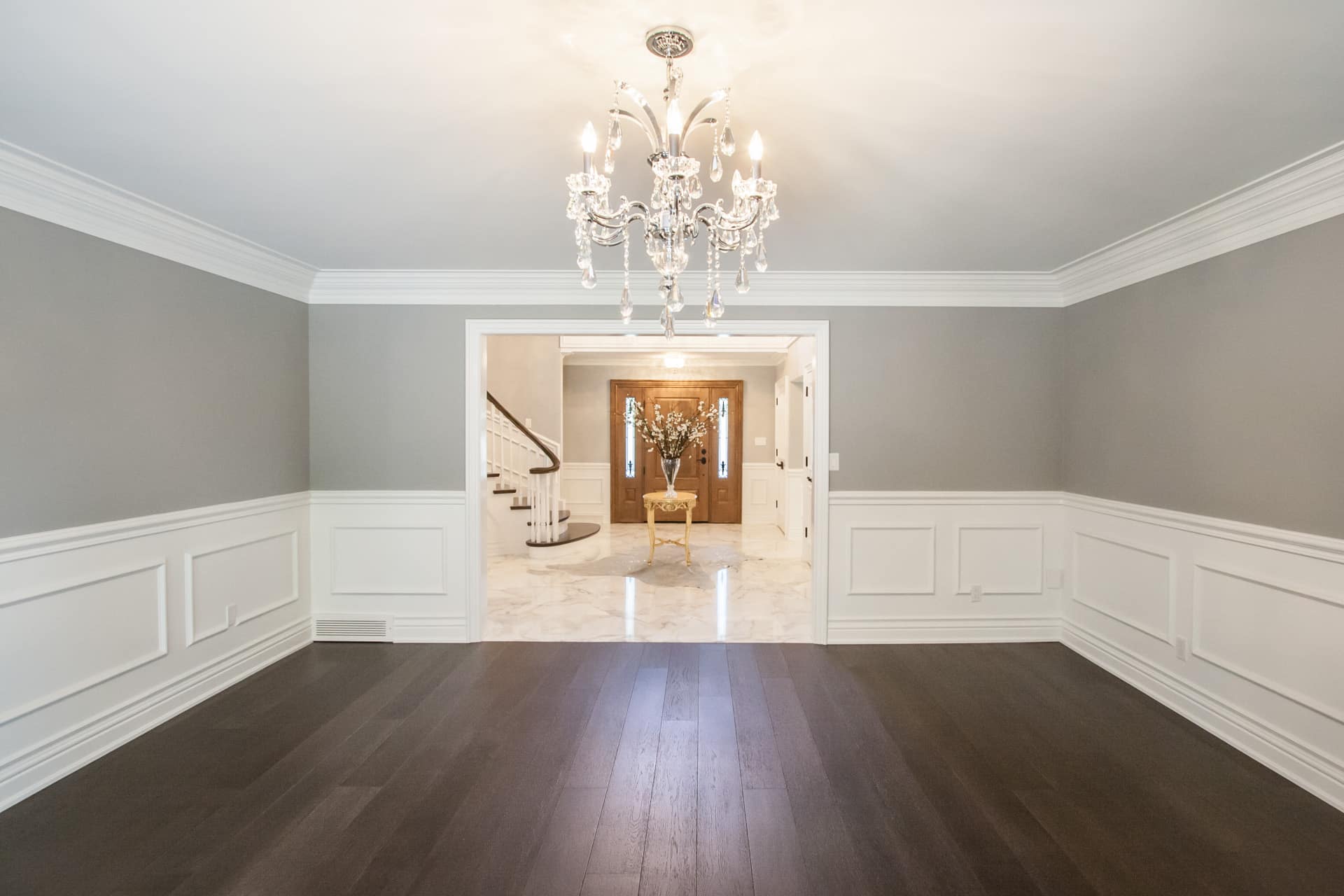
Panel Moulding
Panel Moulding is trim that goes over walls to create a design feature.
Casing
Casing is trim that frames an opening, window or door and is typically less wide than baseboards.
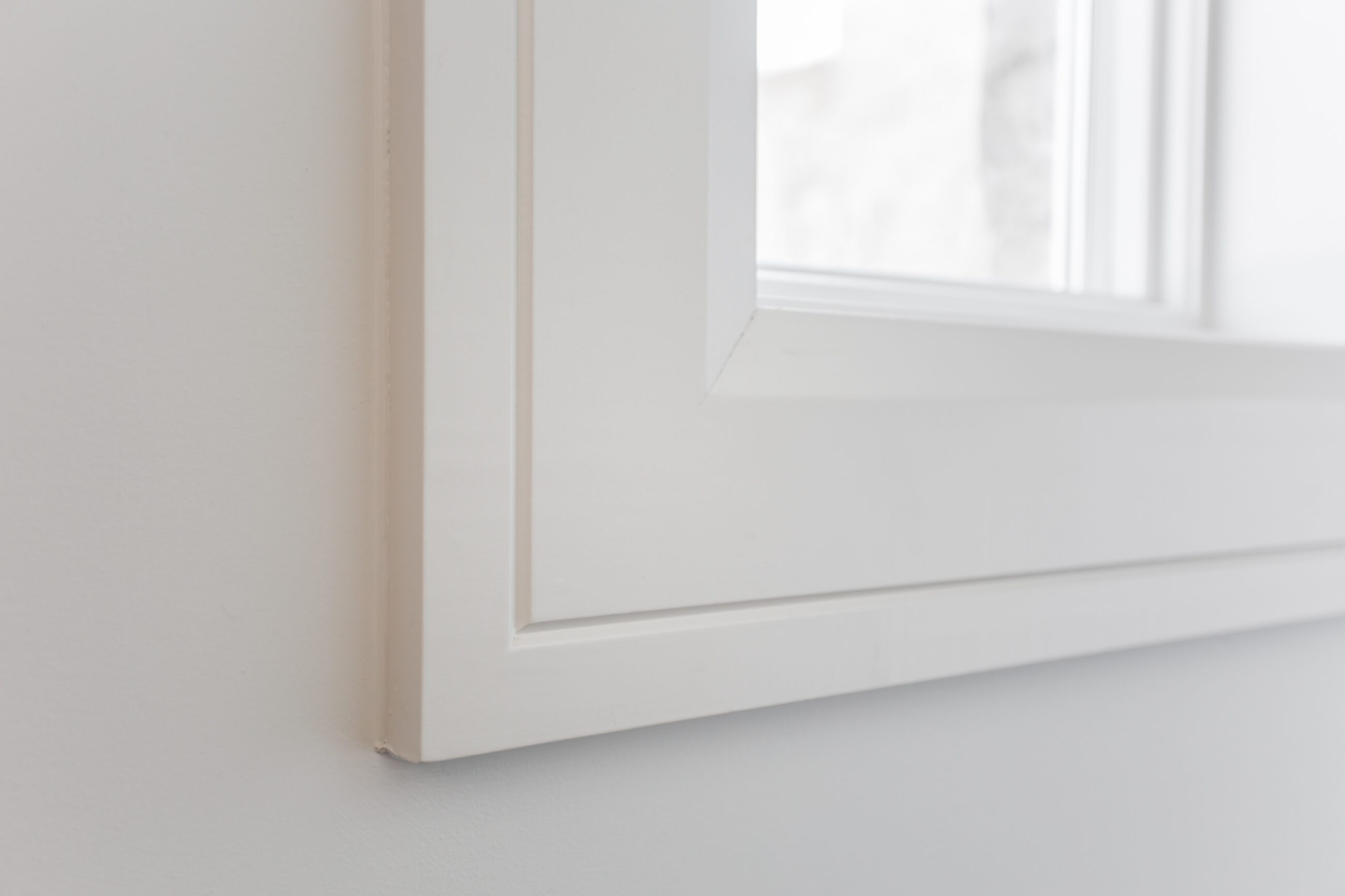
Corner Block
Often used for decorative purposes, a corner block is a trim block placed at the upper corners on each side of the wood framing around a door or opening.
Plate Rail
Plate Rail is a narrow shelf along the upper part of a wall that wraps horizontally around a room and is often used for plates or ornaments.
Crown Moulding
Often used for decorative use, crown moulding is installed at the point where a wall meets the ceiling at a 30-45 degree angle.
Frieze
Typically installed near crown moulding, frieze runs vertical beneath the crown moulding.
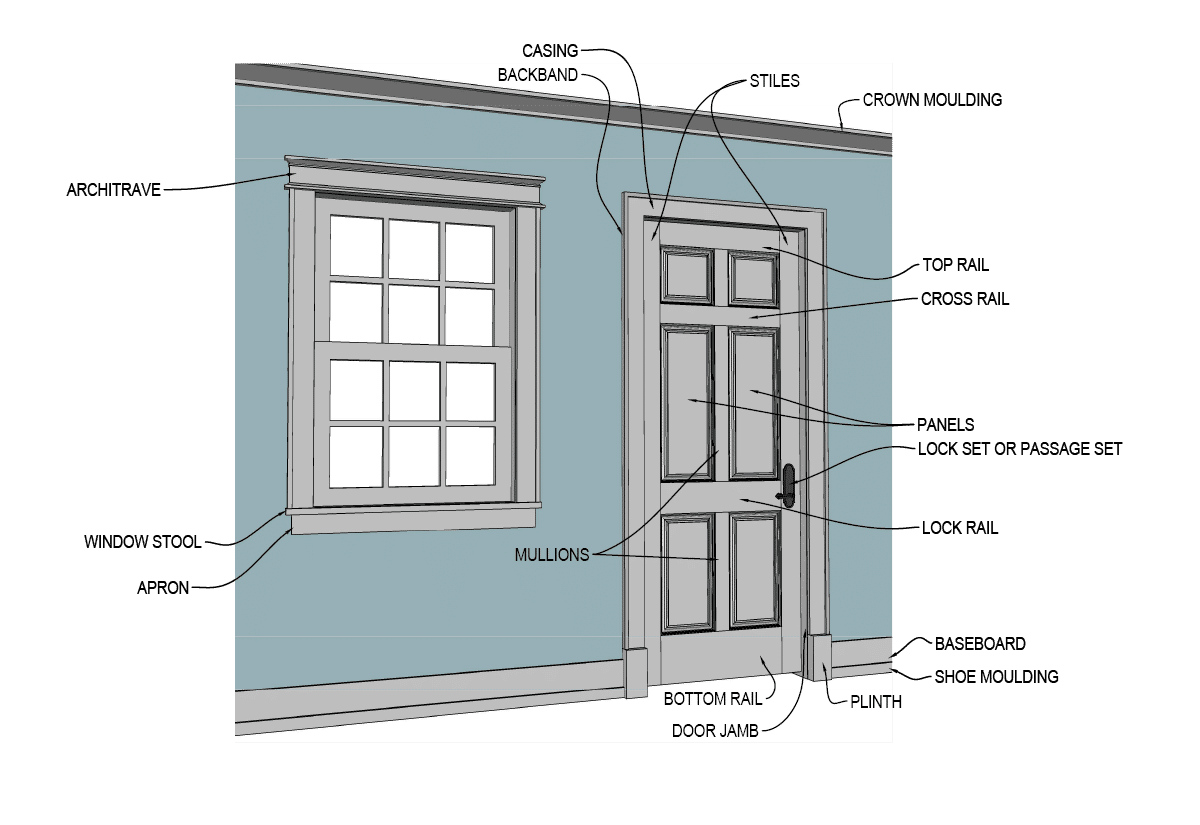
Mullions
A mullion is part of a frame on a door that divides the frame into different sections.
Bottom Rail
The bottom rail on a door is the lowest horizontal member of the frame of a door.
Door Jamb
A door jamb is the vertical portion of the door frame and is used to secure a door in the frame.
Plinth
A plinth block sits at the bottom of the door frame, it can be thicker or wider than the baseboard, casing or architrave.
Baseboard
Baseboards come in primed MDF or Poplar, they serve as both functional and cosmetic. They are found covering the joint between the wall and floor.
Shoe Moulding
Shoe mould is found at the bottom or base of your baseboards. You will not find these in every home as their main purpose is to cover the gap in between baseboards and flooring.
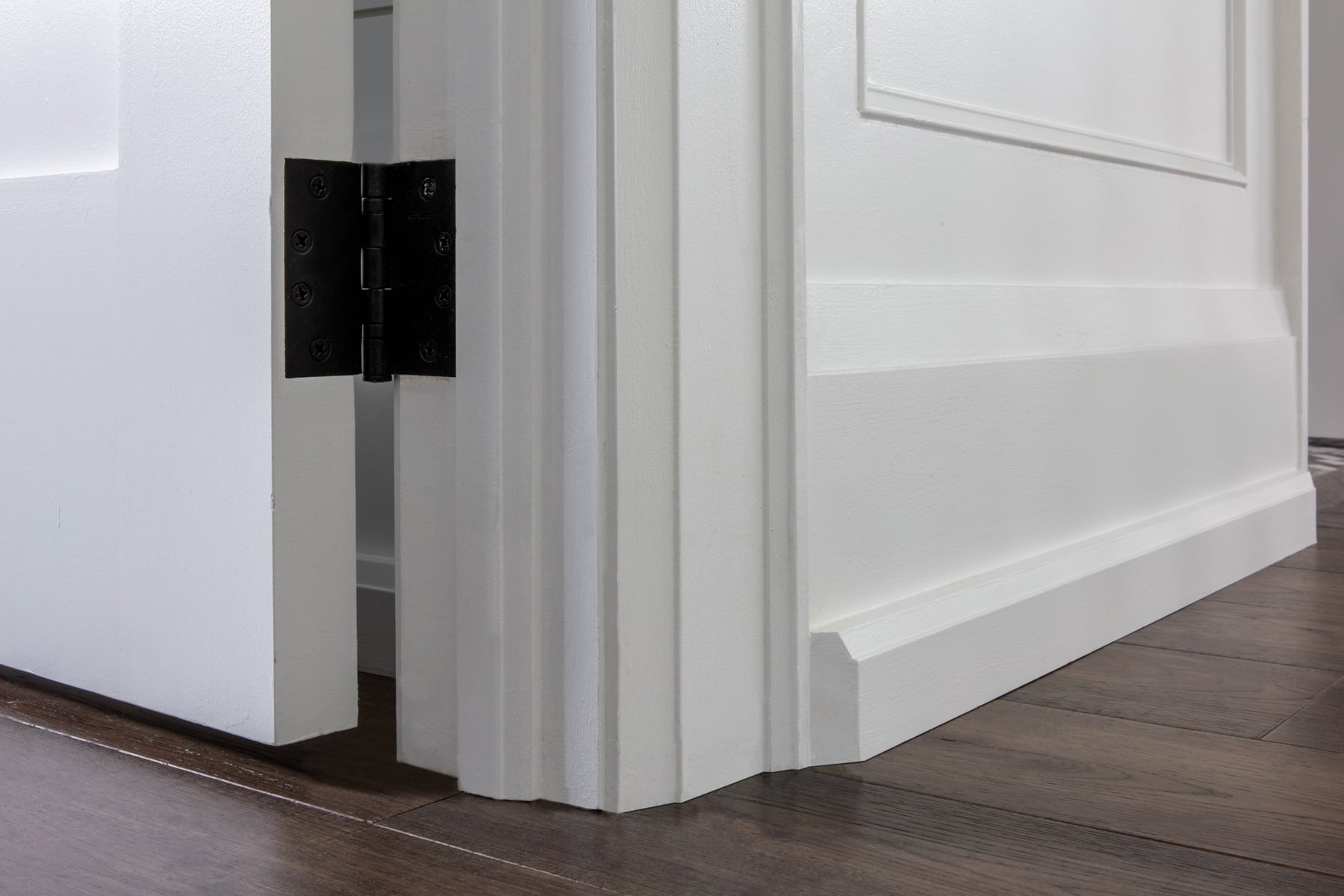
Lock Rail
The lock rail is the horizontal member of a door where the lock is fixed.
Lock Set or Passage Set
Most doors need some sort of hardware whether it’s a knob or a lever these can be purchased as a passage, privacy or dummy.
Panels
Usually found on a wall, door or ceiling, a panel is a flat or curved component, typically rectangular that is installed onto a surface.
Cross Rail
Also referred to as “intermediate rail”, a cross rail is the horizontal rail on a door that is not the top or bottom.
Top Rail
Similar to cross rail,a top rail is the horizontal rail on a door found at the top.
Crown Moulding
Often used for decorative use, crown moulding is installed at the point where a wall meets the ceiling at a 30-45 degree angle.
Stiles
The outermost vertical member of a door.
Casing
Casing is trim that frames an opening, window or door and is typically less wide than baseboards.
Backband
A backband is typically added to casing to provide thick edges around a window or door. It gives a much more elegant unique look to a house.
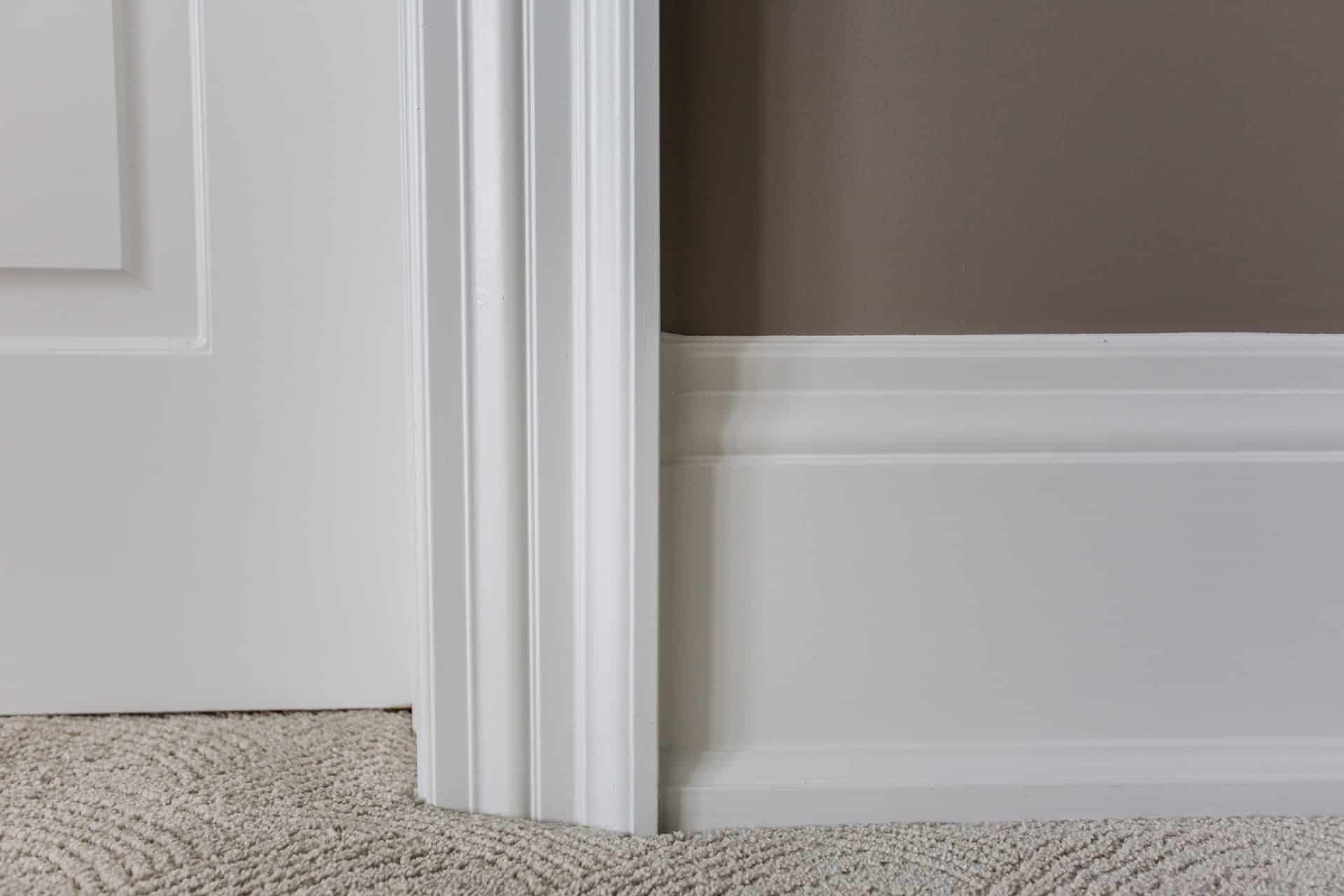
Architrave
The top main beam of an entrance, window or door. Architrave is used as decorative trim to add more of a design to your home.
Window Stool
The window stool is part of the window sill. Installing interior casing around a window always starts with the window stool, which is the flat horizontal part of the trim, where most people set plants.
Apron
A window apron is the decorative trim directly beneath the window stool of a window.
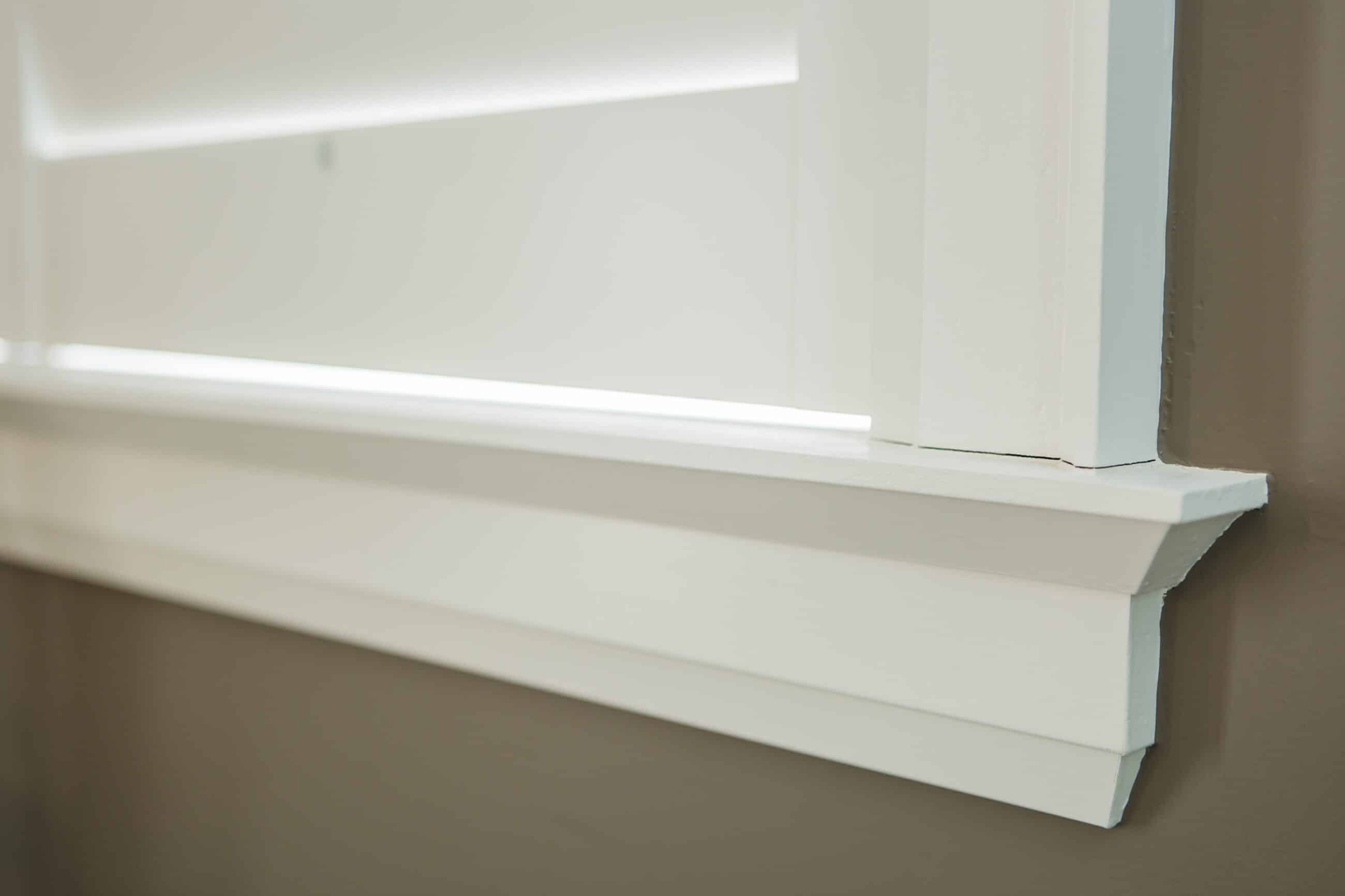
After reviewing the diagrams of interior trim and reading the definitions you should have a better understanding of all of the trim in your home. If you have any questions or require a quote contact us so we can help with your project. Visit our Trim page to view all of our styles
